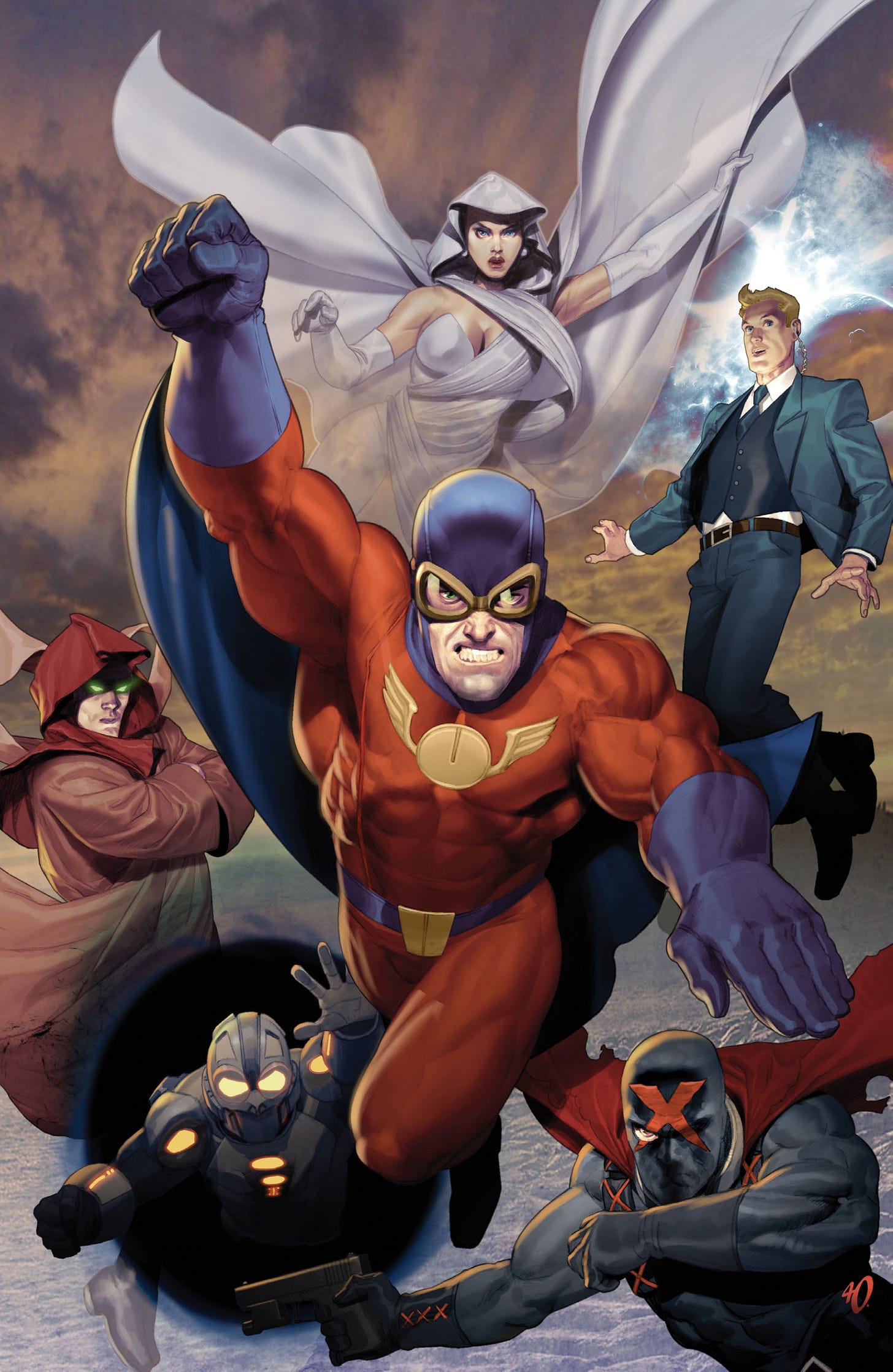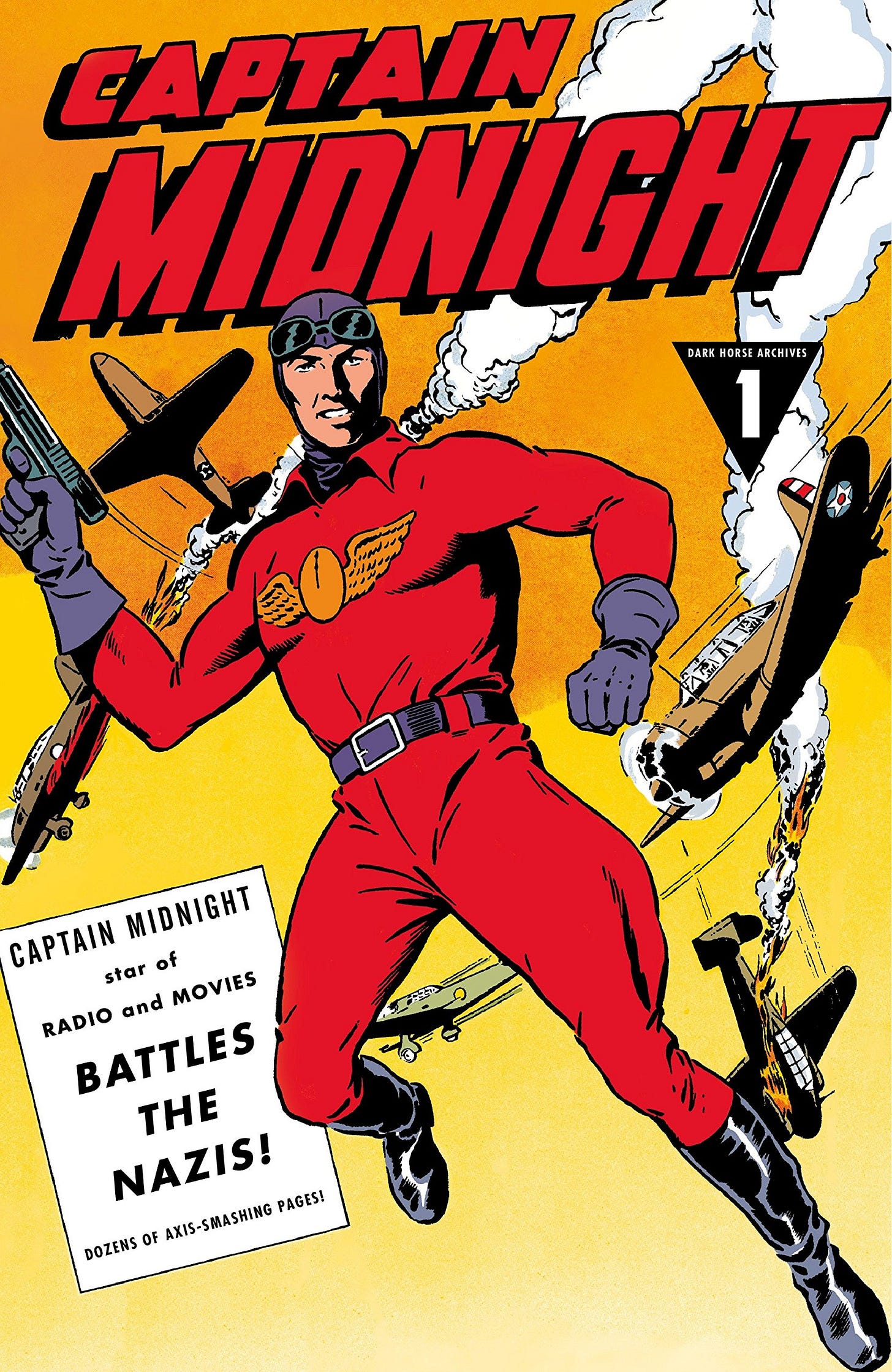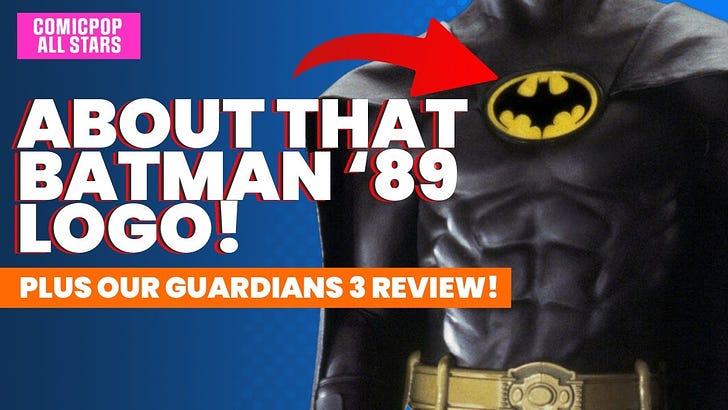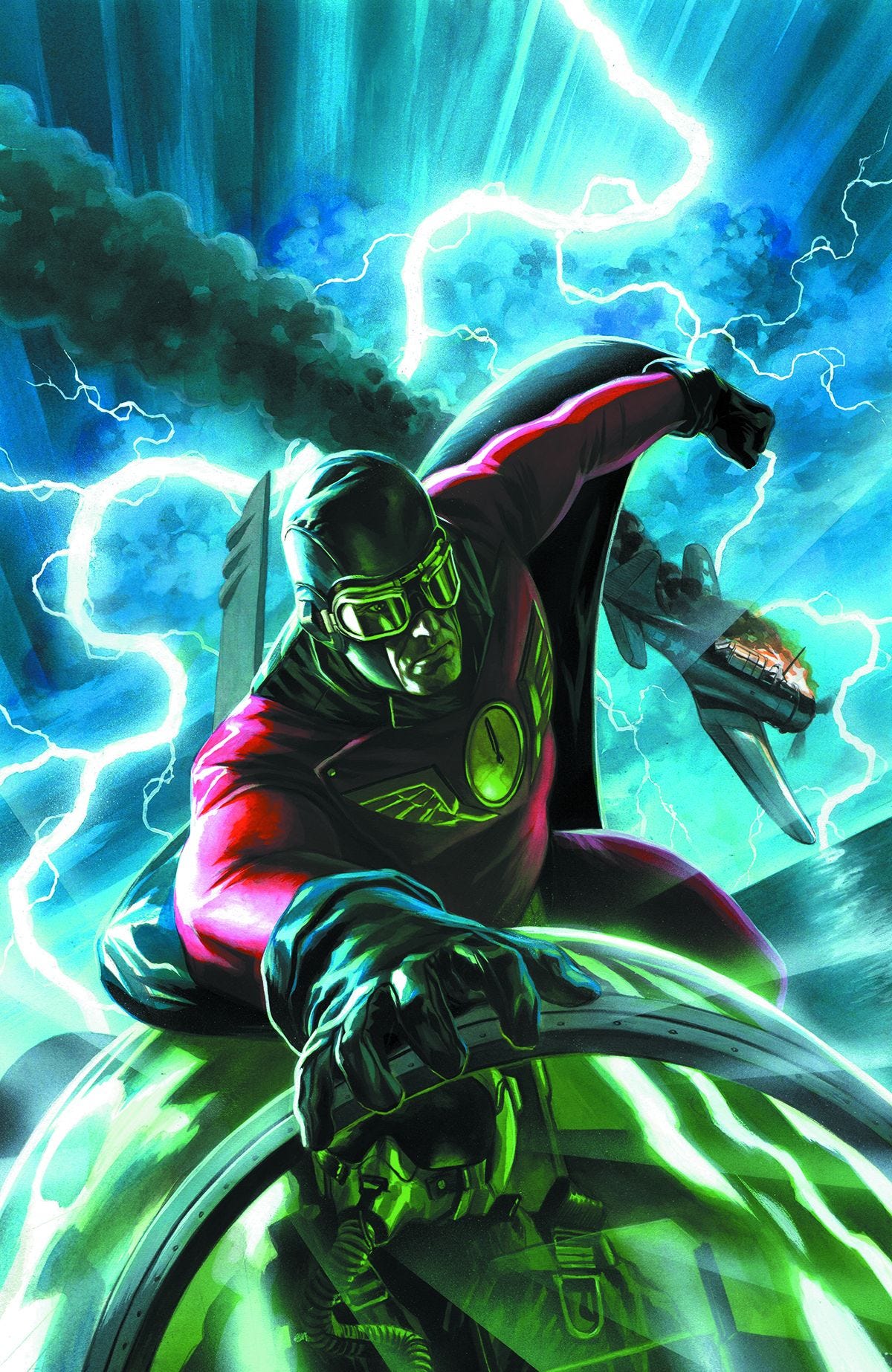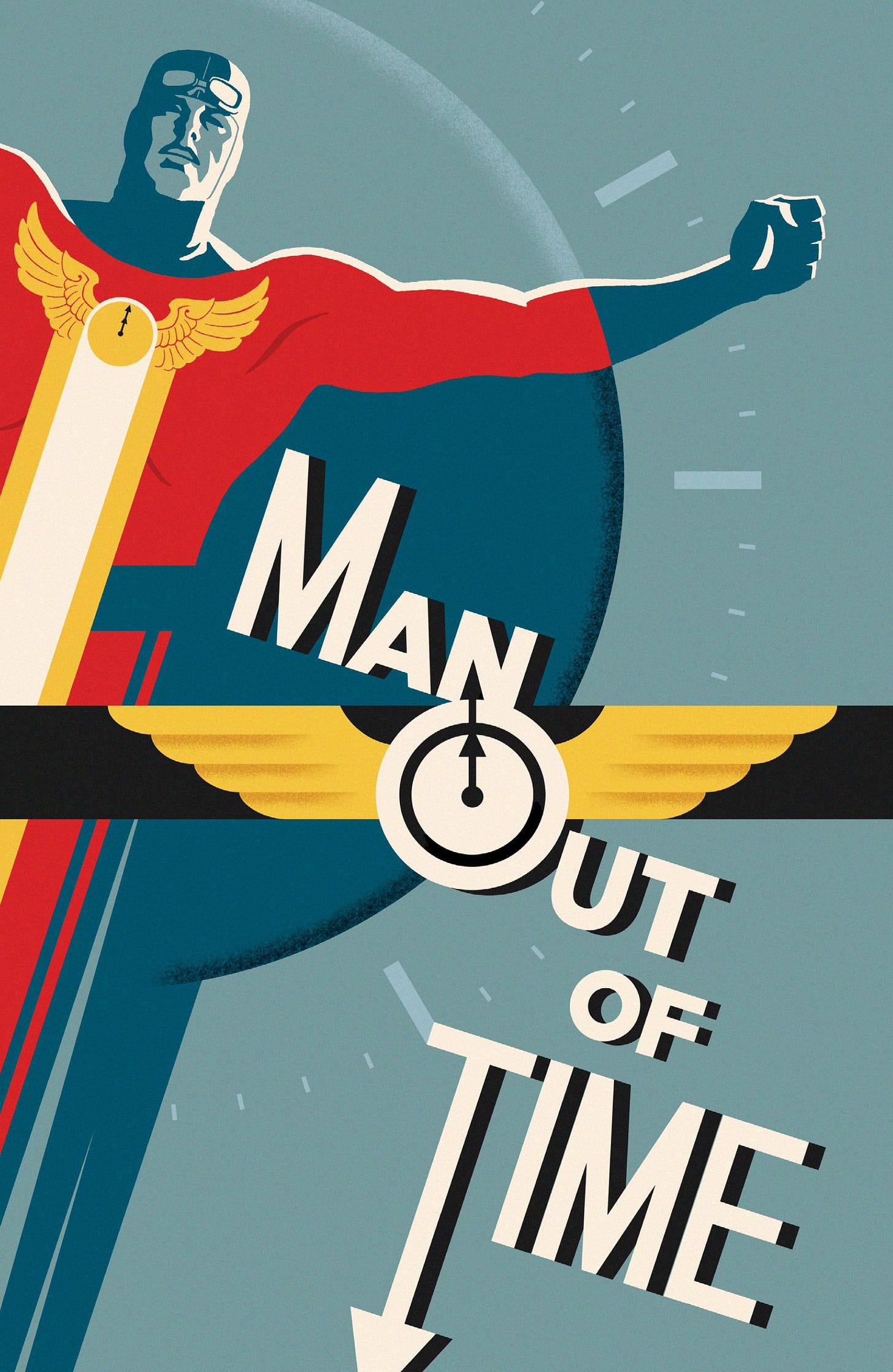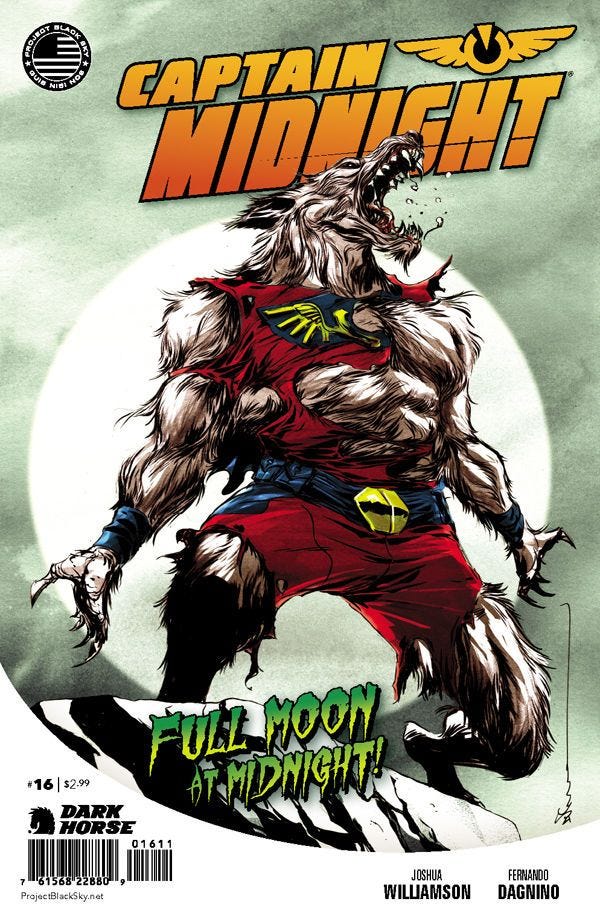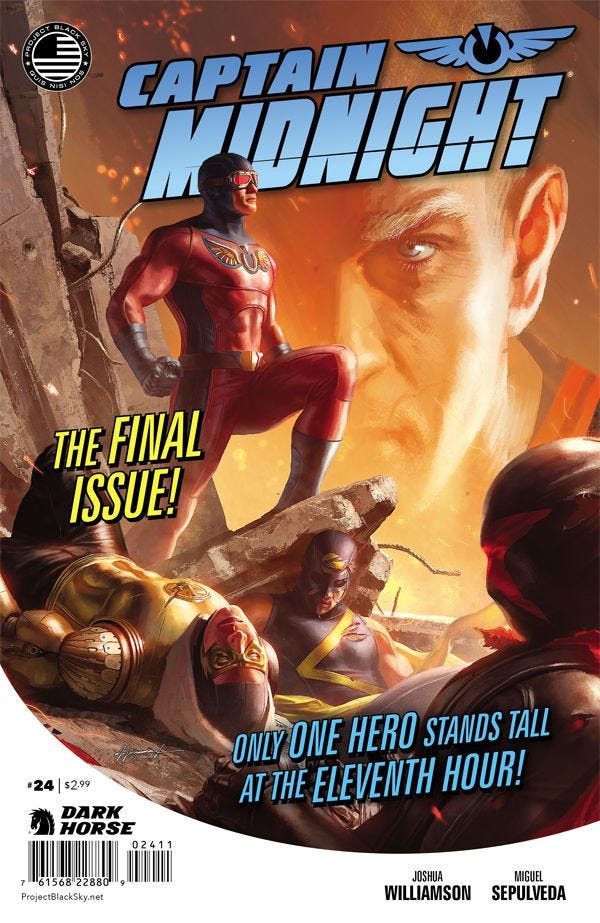Captain Midnight...10 Years Later!
Celebrating the 10th anniversary of Captain Midnight #1 from Dark Horse!
The clock has struck twelve!
From using his decoder ring to blasting Nazis out of the air, Captain Midnight has captured the hearts of readers, listeners, and viewers for 85 years now. Ten years ago, Cpt. Jim Albright was a vital part of my life as a creator, and to ring in this anniversary I hope you enjoy the following interview on my connection to the pulp icon and my experience working with Dark Horse to bring him to a whole new generation!:
1. For those that don't know, what was the Project Black Sky imprint and how did you become involved?
Project Black Sky was a Dark Horse shared universe that relaunched the Legend characters—X, Ghost, etc. And we brought Captain Midnight into that world. The idea was to create a new shared universe for Dark Horse centered around a new mystery called “Project Black Sky.” At one point there were seven different series. It was a pretty big promotion for Dark Horse from about 2013 to 2015.
I had been talking to Dark Horse for years about other projects. I’d bug them at cons, give them my self-published comics, and then once I moved to Portland, I went into the offices a few times to pitch stories for Dark Horse Presents and Creepy. But nothing ever really landed. Then one day they asked me about Captain Midnight.
2. What was your familiarity with Captain Midnight prior to this project?
Being a pulp nerd that I am I knew exactly who Captain Midnight was. I grew up in a house with Doc Savage and The Shadow pulp novels on the shelves. But I was always fascinated by old movie serials and radio dramas. There was a great appeal to these classic iconic characters to me. So I was very aware and had read about him the past. But part of the fun of the project was making it for today. Then I dug into the comic books that Dell and Fawcett published.
3. You worked with quite a few artists on this book. When developing the visual style for this title, were there any benchmarks you made sure each new artist stuck to?
It was all about maintaining the right vibe and tone of the series. Working with such a variety of artists taught me how to pivot and work with them differently as they all have unique ways of doing things.
I got to work with some amazing artists like Victor Ibanez, Fernando Dagnino, Pere Perez, Eduardo Francisco, Manuel Garcia, Michael Broussard and Miguel Sepulveda. And they all brought something different to the series.
4. 25 issues of any indie series is an impressive feat. What were the lessons you learned across the six arcs?
It’s wild to think now that it was only six arcs. I would have thought it was more. It was a major part of my life for nearly three years. 2012 to 2015. Captain Midnight was in my head every dang day. That series taught me about the grind. The realities of a monthly comic book. I already “knew” and had worked on a few different short comics, but this was my first ongoing monthly with a long-form plan.
Before this I had written short-form works, or a lot of one shots. Some minis. But my experience with a monthly title of this size was limited. I had worked on some creator-owned but it was all more self-contained and so with this one it was going to be a longer, more in-depth series. And it was connected to a large franchise. It had a history, and we’d take that history and connect it to a shared universe. It was part of someone else’s master plans. So again, it was bigger than anything I had really worked on before.
Like all lot of IP, they come with pieces already on the table. A built-in mythology. And to me, that is always a FUN thing. To take an existing mythology and to bring it into the now. And to make it your own. To find the small pieces of past and to put a new spotlight on it. It’s one of my favorite parts of working on existing IP.
For example, in the old radio dramas there was a Captain Midnight villain who was mauled by polar bears. Now to some people that might sound silly or ridiculous, but to me that was really interesting. It was colorful and weird. And I wanted to find those parts in the classic stories and use them in the new stories. So, not only did we keep that piece, but we also made it a major factor in our new mythology. Part of my goal with this new series was to find something from all the different versions—the radio dramas, the movie serials, the comic books etc—and use parts of all of it to create a rich backstory for the new series. In a lot of ways, this was a continuation of those stories. A sequel. One thing I always find really interesting about working in the superhero genre is how everything we're doing are essentially sequels, but you're always trying to find a way of still making it your own. To make it its own story.
I remember working on the Uncharted mini-series. It was a very popular property, but it was limited in the amount of story available. At the time there were only two video games and a couple of short stories. So the mythology wasn't as deep. But it had a massive fanbase. So the responsibility of working on Uncharted and making sure we got it right was crucial. But Captain Midnight had a much larger backlog and it came with the same responsibilities.
Captain Midnight was an important part of my career. I’ve talked about this in podcasts and in the Comic Pop Returns Show with Sal a few weeks back, but 2012 was a hard year for me. It was a bit of mess for my life and my career, but things started to pick back up as we got deeper into 2013 when I worked on Ghosted, Nailbiter and Birthright. But Captain Midnight also played a key role in that. It helped create a stable environment for me when I really needed it. I was supported by editorial, and by Dark Horse on multiple levels when I really needed that as a young creator. The regular contact with my editor, Jim Gibbons, who I nearly talked to on a weekly basis about story, the writing and direction of the series, and so much more.
Now what I am about to say is maybe a bit mercenary. But that stable environment was also on a financial level. To know that every month I would write an issue of Captain Midnight and get paid helped with that stability. Every month for years, Captain Midnight was a regular gig, and I can’t tell you enough how much that kind of peace of mind helps a creator be…creative. It allowed me the head space to develop Nailbiter and Birthright. Skybound also gave me that stability and it was like this one-two punch that really grew my career working with both those companies in that window.
The experiences I had on Captain Midnight really shaped who I am as a creator. It was some of my earliest real experiences being involved in the origin, planning and coordination of a comic book project of this scale. Something that had a very deep mythology.
One that would have crossovers and be part of a larger narrative across multiple titles that was building to something. A book that lasted 25 issues is no small feat and is never done alone. The meeting and conversations with the editors, artists, and other creators was much needed experience for me at that time. Working with creators like Kelly Sue DeConnick and Chris Sebela on Ghost, Josh Fialkov on Skyman, Fred Van Lente on Brain Boy, the list goes on. To be able to talk story and this universe with them was invaluable.
It was the experience that really shaped a large part of my career at that time. And I took what I learned and applied it to other properties. And I don’t just mean how to be professional and a good collaborator.
If you look at a lot of my work, you can see I have certain writer’s ticks. And those all really started to take shape with Captain Midnight. Like how I almost always have an anti-hero character whose identity is a mystery. It’s a trope that I love, and I use it all the time. Here it was Helios. And who they really were was not only connected to the cast’s past but also key to some of the emotional developments over the 25 issues.
One of the more fun issues we did was a Halloween issue where we had Captain Midnight turn into a werewolf at midnight. It was a call back to the great Mark Gruenwald turning Captain America into a werewolf in the early 90s. I know that story is not a favorite of a lot of people but as a kid I loved it. It was unexpected and different. I worry sometimes that we get too precious and protective of our superheroes, but we shouldn’t be afraid to take them into some weird places. And Captain America as a werewolf was certainly that. So here I did an homage to that. One of things I keep in my mind when I work on these books is what I enjoy as a reader. Not just me the writer, but the reader part of me.
It was a blast working with the established mythology, developing our own, and building to this massive climax. We did what a lot of superheroes books do in the end. We left on “The Adventures Continue...” with Captain Midnight in a new costume along with his supporting cast and a few cool teases of what could have happened if we continued.
At some point it would be great if Dark Horse did an omnibus collection of the whole series. All of it collected in some massive deluxe hardcover. I’m biased as I think everything should be collected in that format. They always look great on the shelves in my office.
When I look back at this series, I look at it fondly, and I’m proud of it. It was so important to me on so many levels. I appreciate the time I had on the books, and I appreciate the readership that it had. One of the highlights of conventions the last few years are the people that still come to me and have me sign copies and talk about loving the series and the whole Project Black Sky line of books.
So anyway, Happy 10th anniversary, Captain Midnight. Wherever (or whenever) you are, I know you’re fighting for truth, freedom, and a better world!




